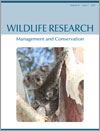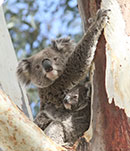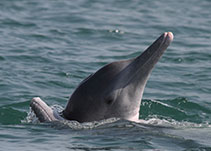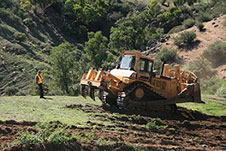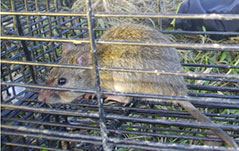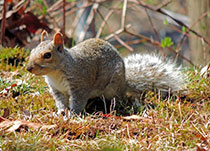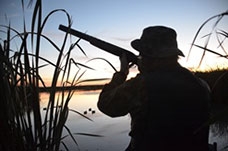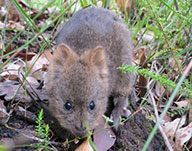WR13141Fertility control to mitigate human–wildlife conflicts: a review
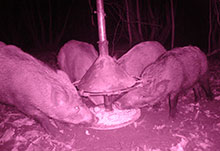
Public opposition to lethal methods to resolve human–wildlife conflicts has led to an increasing demand for non-lethal options, such as fertility control, to manage wildlife. The present review analysed trends in research on fertility control for wildlife, illustrated developments in fertility-control technologies and delivery methods of fertility-control agents, and summarised the results of studies of fertility control applied at the population level. The results indicate that fertility control, particularly of isolated populations, can be successfully used to limit population growth and reduce human-wildlife conflicts and that criteria to determine whether fertility control should be used should include public consultation, considerations about animal welfare and feasibility, evaluation of population responses, costs and sustainability. Photograph by Animal Health and Veterinary Laboratories Agency.


